|
Last year I wrote about North Dakota Caramel Rolls, which have dominated the state in recent years. But funnily enough, although they are less popular now, orange rolls were equally if not more popular when I was growing up. And I found many more references to them in my historic cookbooks. Orange rolls in the upper Midwest (mainly Eastern North Dakota, where I grew up, and Minnesota) were popular Sunday brunch staples, although they competed about even with caramel rolls in my neck of the woods. Of course, the kind I grew up with were not made from scratch, but rather the frozen kind made by the Rhodes frozen bread company. They came with a delightful orange cream cheese frosting. But despite being a brunch staple of my Midwestern childhood, I didn't know much about these, and I wanted to try a historic recipe for a brunch of my own. The origins of orange rolls and their popularity in the Midwest is, like many things, a bit cloudy. If you search for "history orange rolls" today, you'll likely get a LOT of hits about ALABAMA orange rolls (scroll to the bottom for the links), but nary a one about the Midwestern kind. Truth be told they don't look like they differ much. A sweet roll dough with orange zest and sugar rolled up like a cinnamon roll and topped with an orange glaze. So why did both Alabama and the Upper Midwest develop a love of orange rolls? Oranges aren't grown in either region. Enter the 1910s and '20s orange craze. In the 1870s California orange agriculture exploded, and oranges - once an imported wintertime treat - became increasingly available year-round. "Orange fever" struck Florida around the same time, until a big freeze in 1894 and again in 1895 set the industry back on its heels. In the 1920s the industry got a boost from the Florida real estate boom. Cooperatives like the California Orange Growers Exchange began to market nationally using clever advertising techniques. "Sunkist" - a playful spelling of "sun-kissed" - became synonymous with the California Orange Growers co-op, and later became their official name. The earliest recipe for what resembled orange rolls comes from Sunkist Recipes, Oranges - Lemons, published by the California Citrus Growers Exchange in 1916. "Orange Pinwheels" are essentially baking powder biscuits, rolled thin, spread with butter and sugar mixed with orange juice and zest, then rolled up and sliced, with more sugar sprinkled on top. The Sunkist biscuit-style recipe survives, with or without attribution, in other cookbooks throughout the 1920s and '30s. Often, the biscuit "rolls" are called "orange rolls," not "pinwheels," which makes the research a bit confusing! The earliest recipe I could find for yeasted orange rolls comes from Mrs. Allen's Cook Book by one of my favorite cookbook authors, Ida Bailey Allen, published in 1917. But even these aren't quite the same as what I was looking for. Mrs. Allen's "Orange Rolls (5 Hours)" are not actually rolled up rolls - they're more like buns flavored with orange juice and candied orange peel, and then glazed with more orange peel. Thankfully, Frances Lowe Smith has our back with her More Recipes for Fifty, published in 1918 and containing several wartime-friendly recipes, including this one for "Orange Rolls," which are to be prepared using a yeasted dough and spread with butter and sugar mixed with orange juice and grated rind and then "rolled like cinnamon rolls." The first North Dakota reference I could find is for the biscuit-y kind of orange rolls, in a 1930s North Dakota Agricultural Extension circular. But looking through my cookbook library for vintage midwestern cookbooks, I also found tons of references to orange rolls! Largely from the 1930s and '40s (which is when most of my North Dakota and Minnesota cookbooks date to). I decided to go with this recipe, because it looked fairly easy and definitely quick. No getting up five hours before brunch for these beauties (sorry, Mrs. Allen). Taken from Receiptfully Yours, a community cookbook published by the Ladies' Guild of the Zion Lutheran Church of Duluth, MN, the recipe turned out very nicely! Although Receiptfully Yours, is undated, I'm guessing it dates from the 1940s, judging by the type and the style of binding. Both the Cinnamon Roll recipe and Orange Roll variation were submitted by Ethel Mathison. I love that they used full names, instead of "Mrs. Husband's Name!" Midwestern Orange Rolls RecipeLike many orange rolls recipes, this one starts as a recipe for cinnamon rolls, with orange rolls listed as a variation. Interestingly, instead of having an orange glaze or cream cheese frosting, this recipe is listed much like caramel rolls! With a butter-sugar-orange-juice mixture cooked in the bottom of the pan. Here is my slight modernization of the recipe: - - For the dough - - 1/2 cup scalded milk 3 tablespoons butter 3 tablespoons sugar 1 1/2 teaspoons salt 1/2 cup cold water 1 envelope quick-rising yeast 1 egg 3 1/4 cups flour - - For the filling and glaze - - 3/4 cup sugar 2 tablespoons grated orange zest 2 tablespoons melted butter 3 tablespoons orange juice Preheat the oven to 375 F. Mix milk, butter, sugar, and salt in a saucepan and heat over medium heat until the butter is just melted. Cool by adding cold water, then add the yeast and egg and beat well. Then add flour and mix until smooth, kneading several times. The dough will be soft. Let the dough rest 15 minutes. Roll the dough out on a floured board (or clean countertop) into a 12" by 18" rectangle. Mix 1/4 cup sugar and 1 tablespoon zest and spread on the dough, then roll as for cinnamon rolls and cut crosswise into 1 inch slices. In a 9"x13" pan, mix 1/2 cup sugar, 2 tablespoons melted butter, 1 tablespoon orange rind, and 3 tablespoons orange juice, then top with the cut dough pieces. Let rise until doubled, then bake for 20 minutes or until golden brown. Flip to serve. These turned out beautifully, although very sweet! I used some very sweet heirloom navel oranges in the recipe, and something with a little more acidity might have been better. When I make them again, I might take a page from some of the other recipes and moisten the sugar for rolling with a little orange juice, and pick some more sour oranges. I may also bake them a smidge longer. Of course, I may also decide to try my hand at some of the other recipes, too! These rolls are perfect for a weekend brunch, bridal or baby shower, or afternoon treat. Have you ever had orange rolls? How do you take yours? Alabama Orange Rolls History LinksAnd now, as promised, a taste of the rabbit hole I went down in researching this post. The Alabama orange rolls may be more internet famous than the Midwestern ones, but it looks like they laid their claim to fame a bit later - in the 1960s and '70s, to be precise. Read on for more of the back story. The delectable history behind Birmingham’s famous Orange Rolls Why the Alabama Orange Roll is a Southern Classic - Southern Living The sweet story of Millie Ray and her famous orange rolls The Food Historian blog is supported by patrons on Patreon! Patrons help keep blog posts like this one free and available to the public. Join us for awesome members-only content like free digitized cookbooks from my personal collection, e-newsletter, and even snail mail from time to time! Don't like Patreon? Leave a tip!
1 Comment
I am an unabashed fan of cottage cheese. I don't know when I first realized how delicious it is. Growing up, it always seemed some rubbery gross thing old ladies on a diet ate. Probably because the cottage cheese I tasted was likely skimmed milk cottage cheese and probably not very good quality. I certainly didn't think serving it with fruit or jam was a good idea, as was often touted by advertisements.
These days, cottage cheese has largely been superseded by yogurt, as NPR discussed in 2015, but I'm not sure that's a good thing. Cottage cheese is a very old style of fresh cheeses - a family that also encompasses ricotta, mascarpone, cream cheese, feta, mozzarella, goat and other un-aged cheeses that spoil rather quickly compared to their older cousins. But while all those other cheeses get their praises sung, cottage cheese gets short shrift (although not as short as farmer cheese, pot cheese, and dry cottage cheese, which are even harder to find). This propaganda poster from World War I exhorts Americans to "Eat More Cottage Cheese" and "You'll Need Less Meat" - comparing the protein in a pound of cottage cheese favorably to a pound of beef, lamb, pork, veal, and chicken. The First World War saw a dairy surplus, especially in 1918 as dairy farmers across the country fought for better fluid milk prices as cheese and evaporated/condensed milk stores overflowed and feed and labor prices went up. Food preservationists encouraged people to eat more dairy products, especially in the spring of 1918 when a huge milk surplus going into spring dairy season boded ill for the farmers and fair prices. Cottage cheese was touted as a meat substitute to kill two birds with one stone - it ate up some of the dairy surplus while also allowing people to eat less meat. As the poster suggests, cottage cheese was also far cheaper than meat, and still is today, although the gap has closed somewhat. The current national average price for a pound of ground beef is $5.41, and in April, 2022 the average price of a pound of boneless chicken breast was over $4, the highest in 15 years. A pound of cottage cheese has held pretty much steady between $2 and $4/pound, depending on the brand. My local grocery store brand, which is quite good, has 24 oz. (1.5 pound) containers available for just over $3, and often $2.50 or less on sale. Cottage cheese was also touted as a substitute during World War II, and post-war skimmed milk cottage cheese was promoted as a high-protein diet food, which is perhaps why so many of the latter generations disdained it.
A number of cookbooks and recipe pamphlets promoting cottage cheese use were published during World War I, including the above 100 Money-Saving Cottage Cheese Recipes published in 1918 by the Gridley Dairy Company and containing recipes like "Liberty Loaf," "Cottage Cheese Relish," "Cheese Pancakes," and over a dozen recipes for "Cottage Cheese Pie," plus cheesecakes!
Much of the advertisement of cottage cheese tended toward the sweet, like this hilariously 1950s advertisement from Borden, which features cottage cheese with jam, with maple syrup, and with fruit in a salad:
But most of my favorite recipes for cottage cheese treat it like the savory cheese it is. It's great in dips for raw veggies, as a topping for roasted vegetables, in savory salads, and yes, as a substitute for meat in fried foods. I even use farmer cheese (drained cottage cheese) in my favorite pastry crust recipe, which I use to make everything from cookies and apple butter bars to Cornish pasties and lentils Wellington.
Frankly, most Progressive Era reformers would have been better off asking Eastern European immigrants for the best ways to use cottage cheese, as it features prominently in Russian, Polish, Ukrainian, and Georgian cuisines. The USDA did a little better with their accompanying pamphlet on cottage cheese cookery:
Cottage Cheese Dishes: Wholesome, Economical, Delicious was published in 1918 by the USDA and contains slightly more sensible, savory uses for cottage cheese, including in salad dressings, scrambled eggs with cottage cheese, potato croquettes, and a lovely-sounding cold weather dish they call "Cottage Cheese Roll," which is cottage cheese mixed with cooked rice or breadcrumbs, seasoned well, and mixed with chopped vegetables, olives or pickles, leftover cold meats, canned salmon, etc. and formed into a roll which is then sliced and served on a bed of shredded lettuce. A suggested "Hot Weather Supper" is "cottage cheese roll made with rice and leftover salmon, served on a bed of lettuce leaves, with mayonnaise dressing; sliced tomatoes, oatmeal bread with nuts, whey lemonade, crisp fifty-fifty raisin cookies." The menu hits all the World War I food spots with a meat substitute (no, salmon wasn't considered "meat"), using up leftovers, using cottage cheese, using wheatless bread with protein-giving nuts, waste-less whey lemonade, and inexpensive and likely low- or no-sugar raisin cookies for dessert. How's that for conforming to rationing directives!
It also includes directions for making cottage cheese (which is incredibly easy to do at home - you just need a lot of milk, heat, and patience) and more importantly in my mind, some recipes for using up the leftover whey, including the aforementioned whey lemonade! How do you like to eat your cottage cheese?
The Food Historian blog is supported by patrons on Patreon! Patrons help keep blog posts like this one free and available to the public. Join us for awesome members-only content like free digitized cookbooks from my personal collection, e-newsletter, and even snail mail from time to time! Don't like Patreon? Leave a tip!
As I delve deeper into research on the farm labor shortage for my book, I'm starting to realize that the main theme of the home front in the First World War is that there were a whole bunch of people doing largely the same thing at the same time, and it wasn't until really the end of 1917 into 1918 that government agencies figured things out enough to actually get everyone properly organized. This poster is just one example of that. "We Eat Because We Work," a poster featuring cherubic White children digging and watering what are presumably radishes (judging by the contents of the basket) on a sunny hillside overlooking a flag flying not the American flag, but one of the United States School Garden Army, reads a little more ominously in the context of say, Nazi Germany, or Orwell's 1984. But when the U.S. School Garden Army was founded, and likely when this poster was produced, terms like "dictator" and "propaganda" had far more innocent meanings. Still, this poster does seem to imply, consciously or not, that children who do NOT work, will NOT get to eat. I doubt it was meant that way. Instead, like many propaganda posters of the First World War, it was meant to inspire people to participate. This poster sent me down the rabbit hole a bit, in part because the online history of The United States School Garden Army was so vague, and I'm a stickler for exact dates. Rose Hayden-Smith has written about the United States School Garden Army, but even she isn't super clear on when exactly the "army" was founded. The Farm Cadet program, which literally "enlisted" high school-aged boys into farm work on military-style camps, was founded in New York State in April of 1917, just days after the United States entered the war. A May 5, 1917 article in the New York Times mentions the "National School Children's Garden League," but only to mention a fundraiser for the league. It's the only reference I've been able to find of that organization. By June, 1917, Port Jervis, NY is discussing school gardens in conjunction with the Farm Cadet program, but school gardens as pedagogy had been popular throughout the Progressive Era. It seems that despite claims online that the United States School Garden Army was founded in 1917, it wasn't until March of 1918 that the USSGA was official. The Newburgh, NY Daily News published "Millions of Children to Enlist in Nation's School Garden Army" on March 20, 1918. The article suggests that this is a brand new endeavor, mentioning several times that this "new army" and "plans" "will begin soon." The "draft" age for the United States School Garden Army was 9-16 years old, both boys and girls. The cut-off age of 16 was so that boys aged 16 and older could participate in the Farm Cadet program. This poster features children who look younger than nine years old, but perhaps young cherubs were more attractive models than gangly pre-teens. As Hayden-Smith argues, the United States School Garden Army was designed to turn children from consumers into producers, at least temporarily. Critiques of the use of child labor were assuaged by assurances that the work would be for no more than a few hours a day, and always supervised by teachers or other staff. The work of the USSGA continued for several years after the war, still going strong in 1919 and 1920, likely because the High Cost of Living was keeping food prices up, and school gardens raised produce to be consumed by students on site, thus lowering school cafeteria costs. In fact, most of the articles from late 1919 and early 1920 talk about the financial benefits of the school gardens, in addition to the social and emotional benefits. In today's context, the discussion of the financial benefits of child labor seems mercenary, at best, but the school garden movement did have social and emotional benefits as well - being out-of-doors, the "stick-with-it-ness" of tending living things, and the rewards of getting to eat the results of your hard work. School garden programs that help provide for school cafeterias have been revived in recent years as a way to engage students with "real" food and create affordable access to fresh, local fruits and vegetables, especially in areas of food deserts. But growing school gardens isn't cheap, nor is it easy. In much of the nation, the best garden growing months are when school is not in session. In World War I, teachers and students gave up part or all of their summers for the war effort. In today's world, the garden manager usually does the bulk of the work over the summer. Regardless, the work of school gardens during the First World War does seem to have been a relative success. As I research more, I'll delve deeper into school gardens, so stay tuned! The Food Historian blog is supported by patrons on Patreon! Patrons help keep blog posts like this one free and available to the public. Join us for awesome members-only content like free digitized cookbooks from my personal collection, e-newsletter, and even snail mail from time to time! Don't like Patreon? Leave a tip! |
AuthorSarah Wassberg Johnson has an MA in Public History from the University at Albany and studies early 20th century food history. Archives
September 2023
Categories
All
|
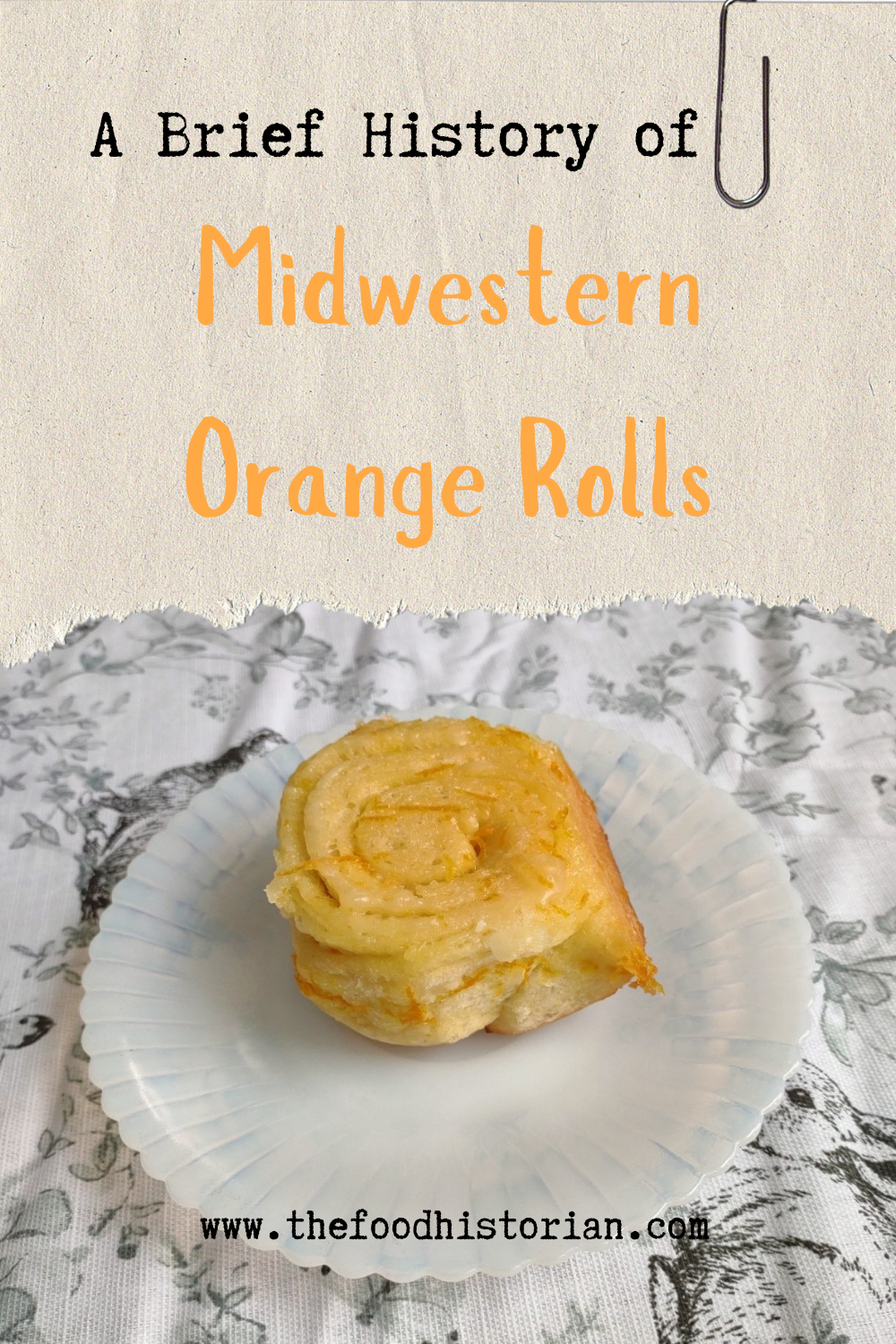
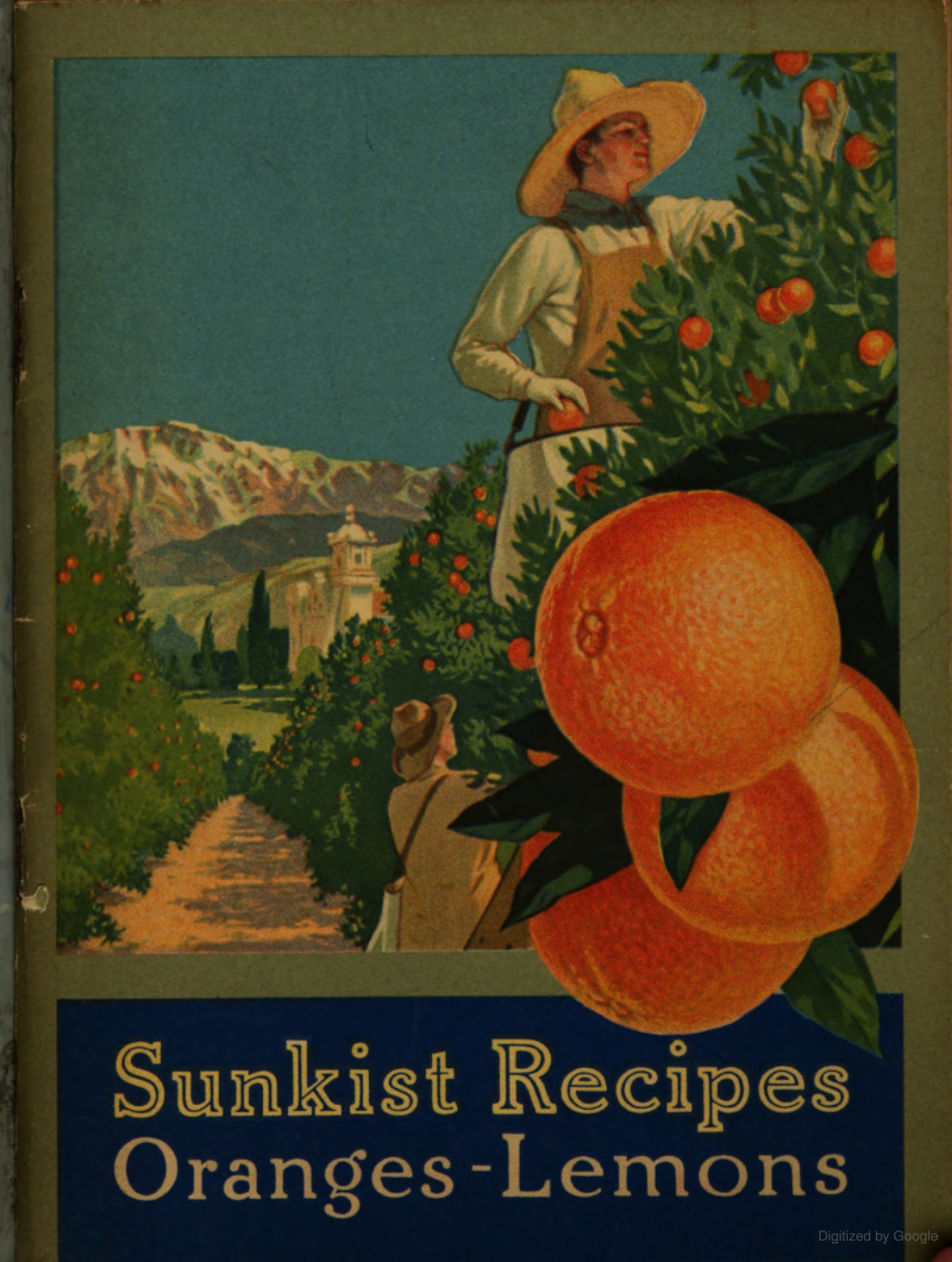
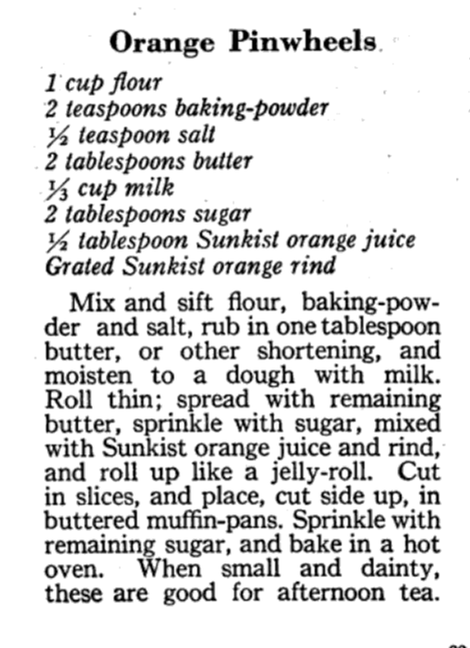
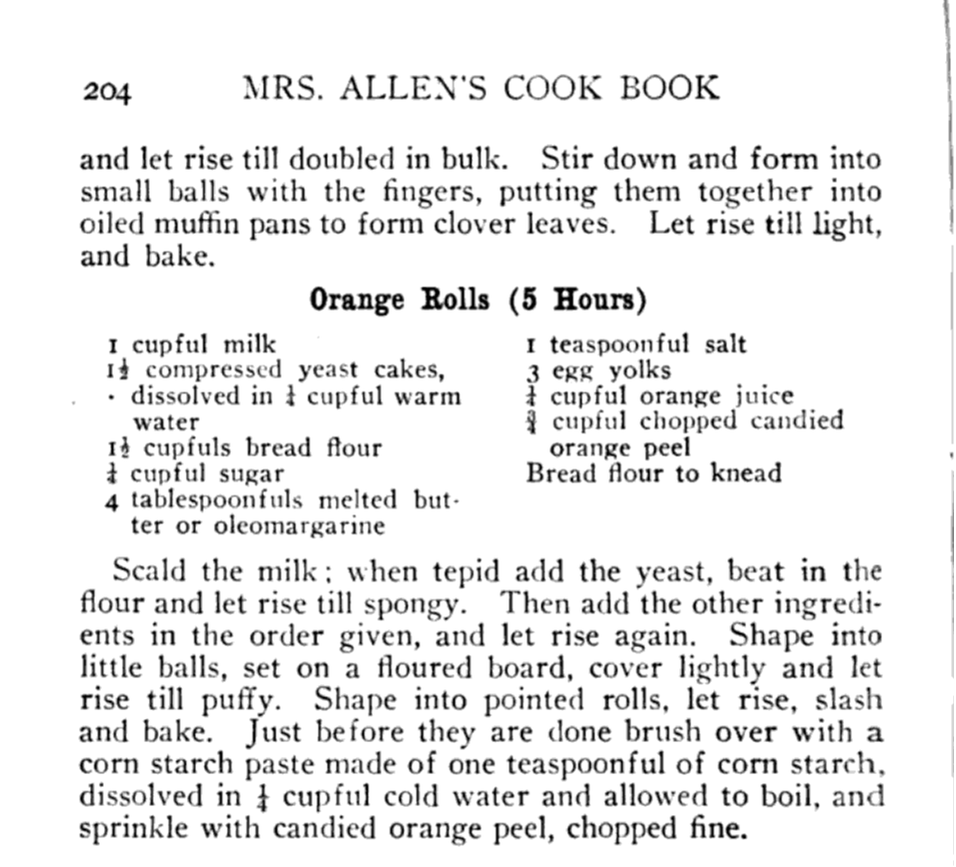
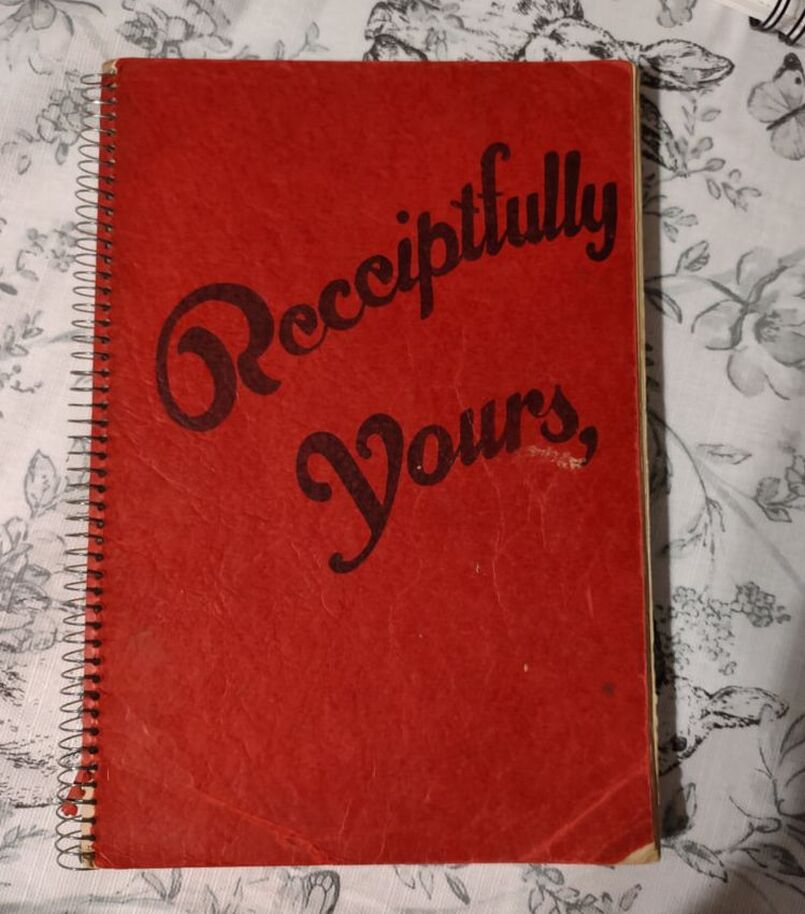
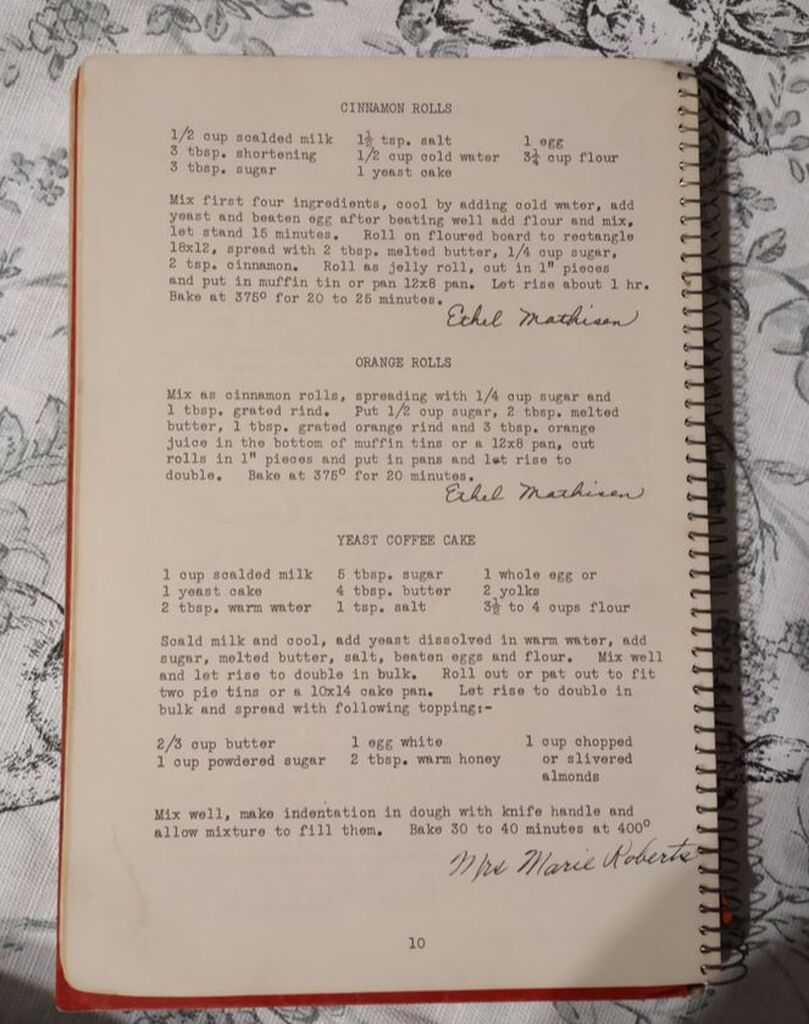
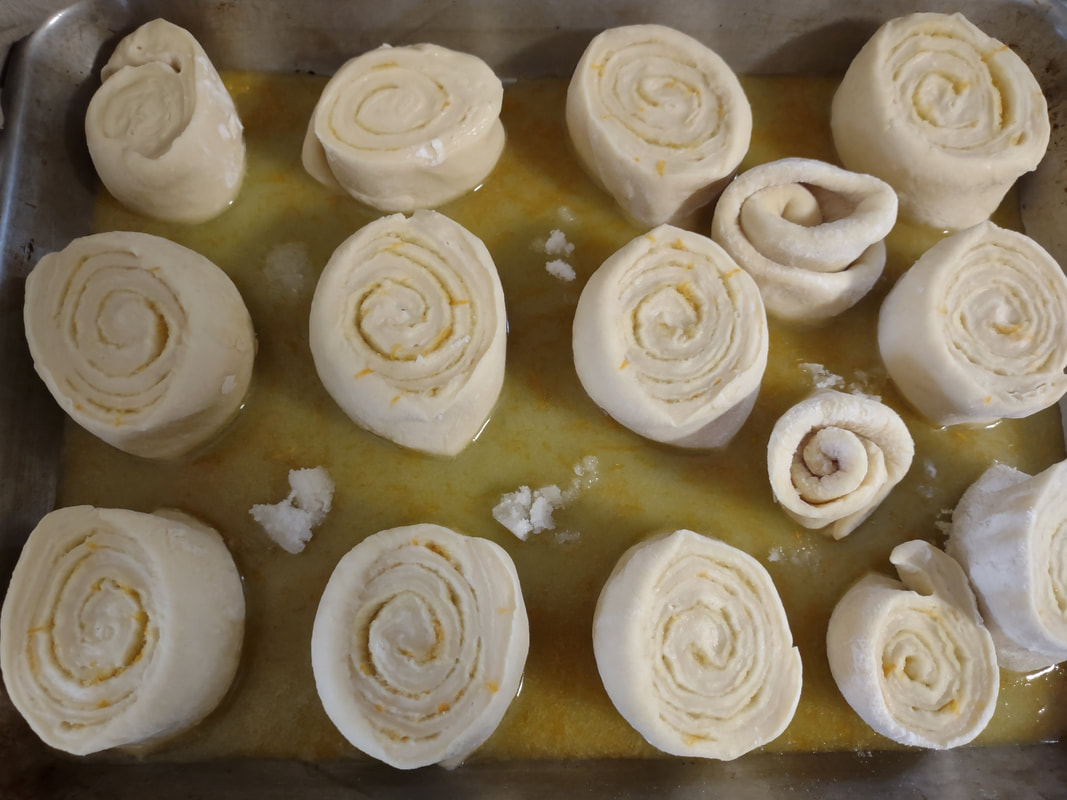
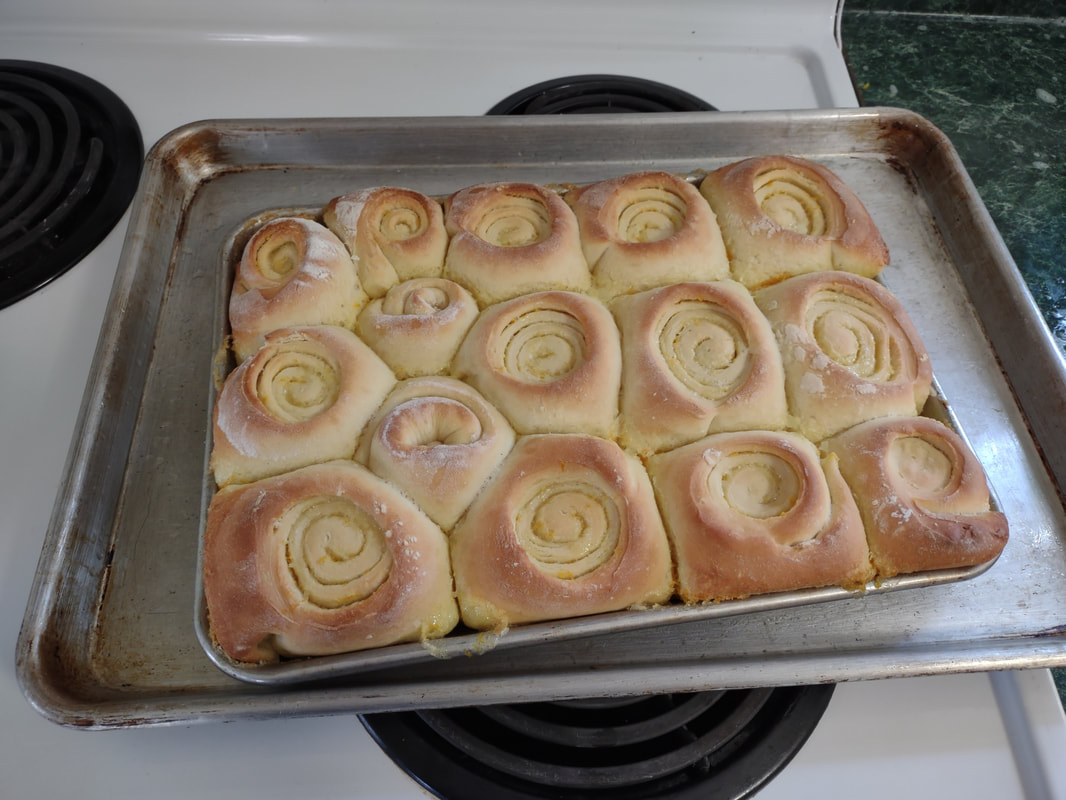
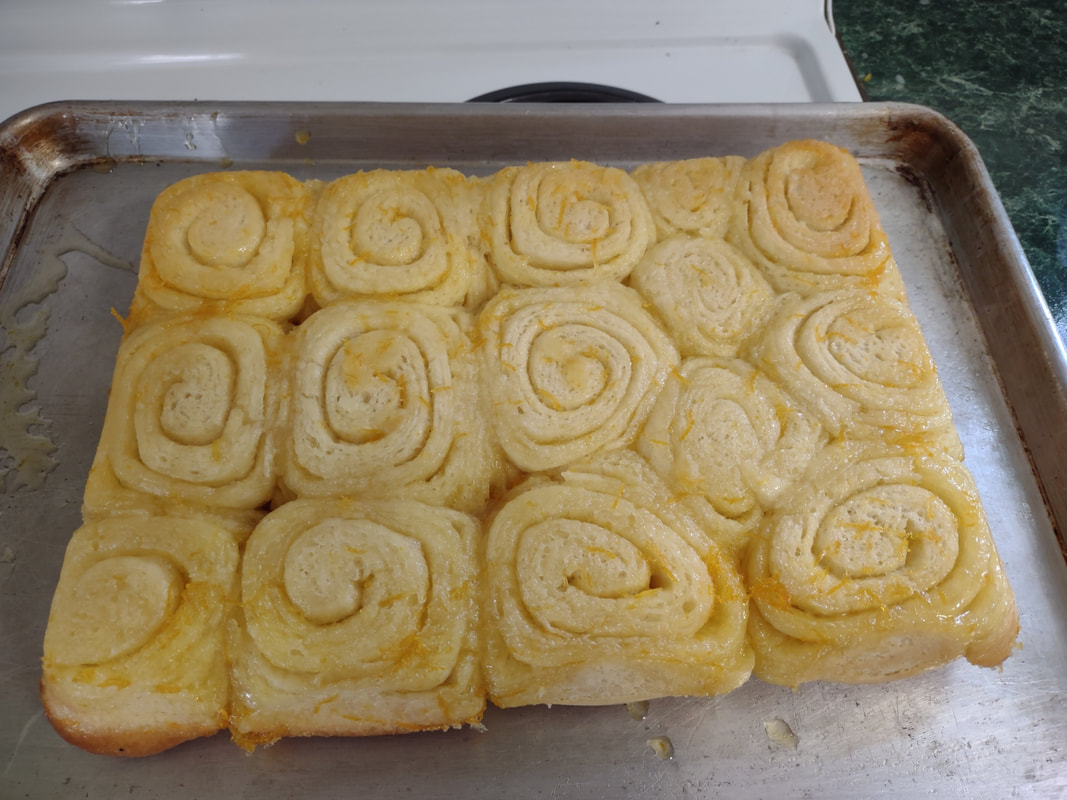
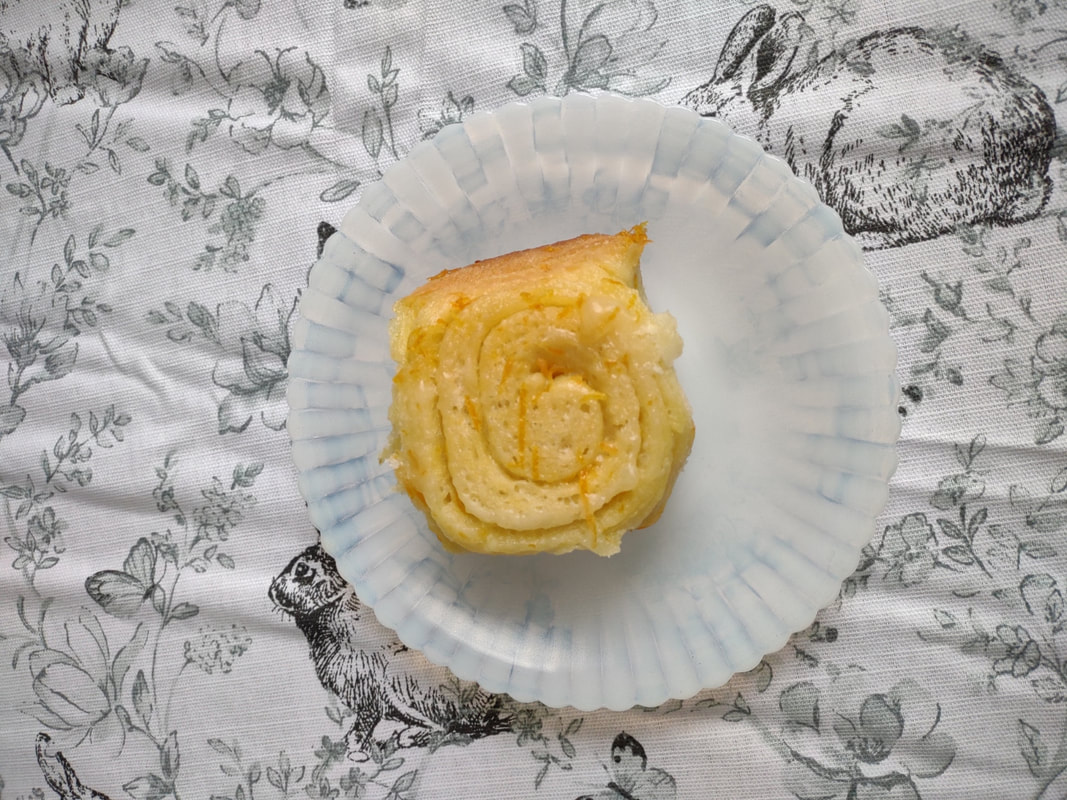
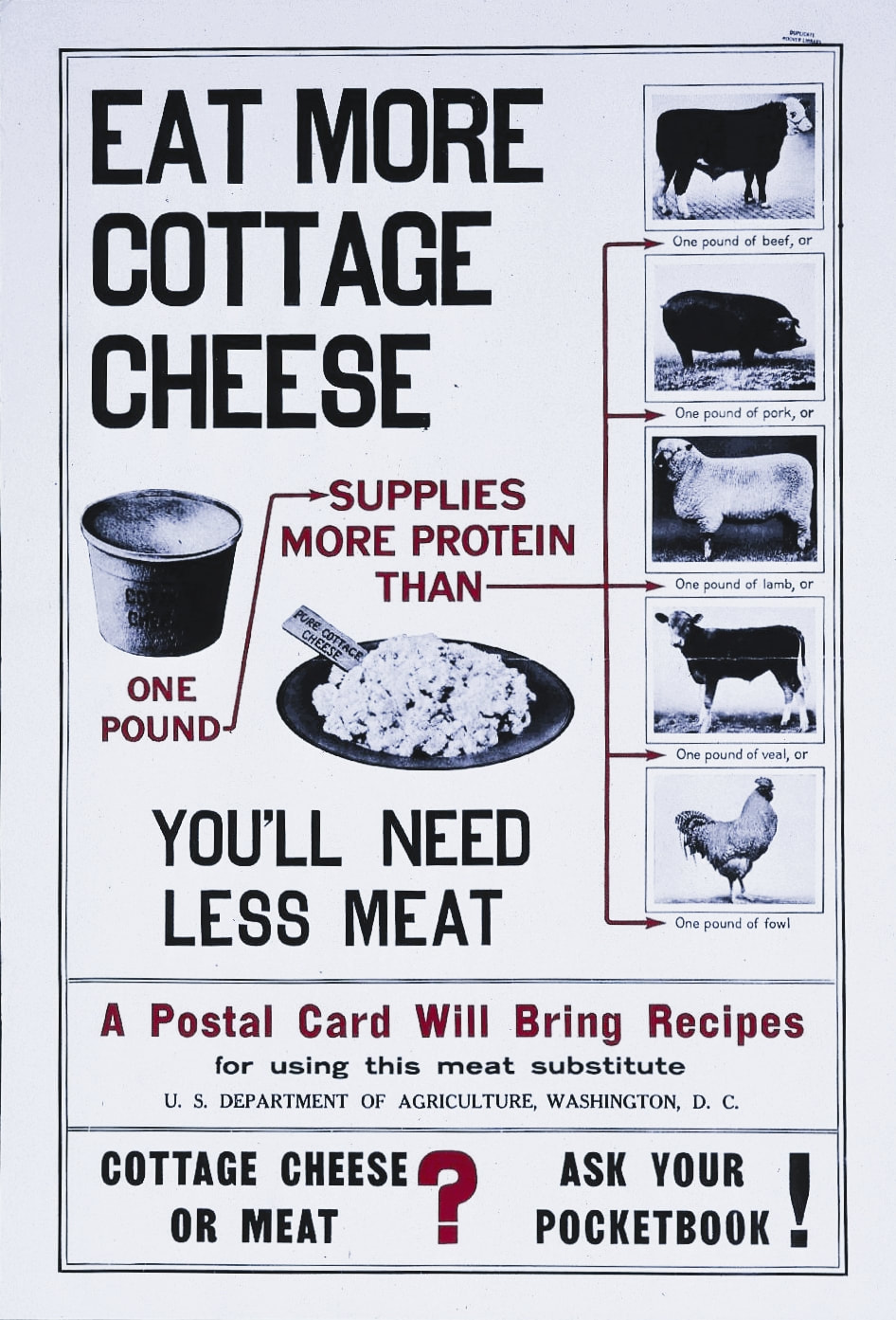
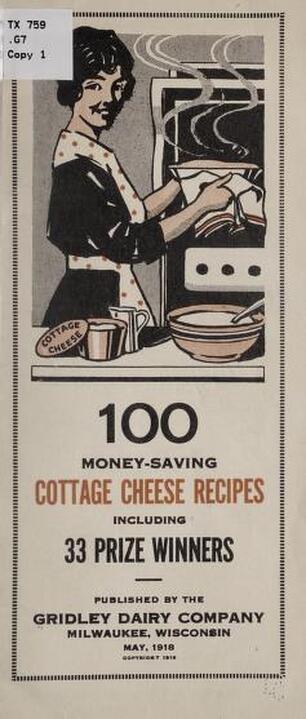
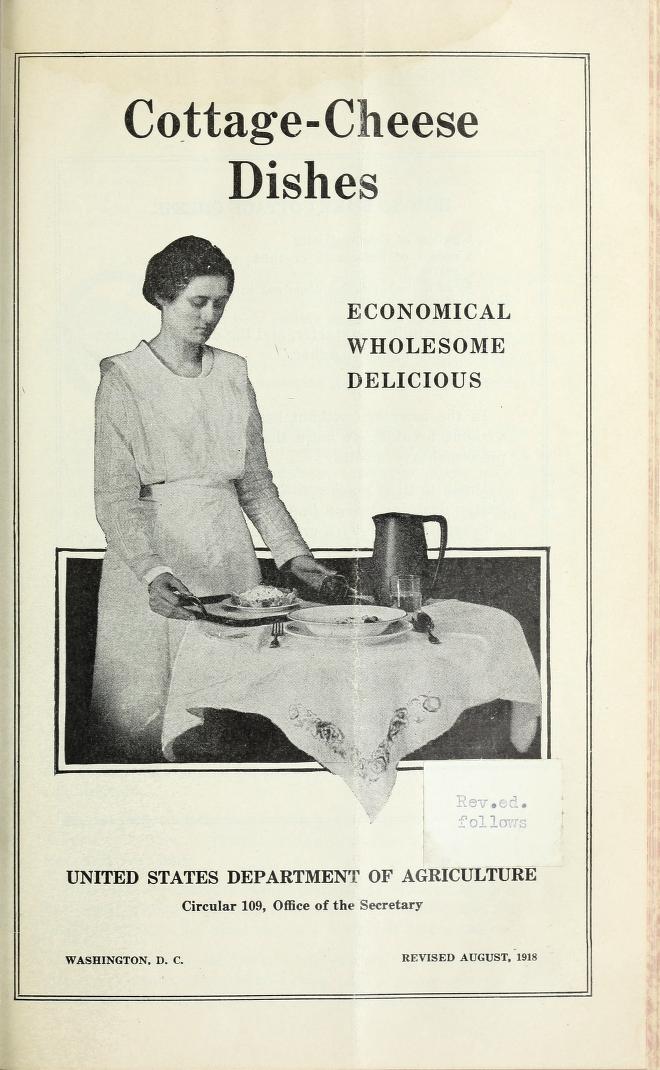
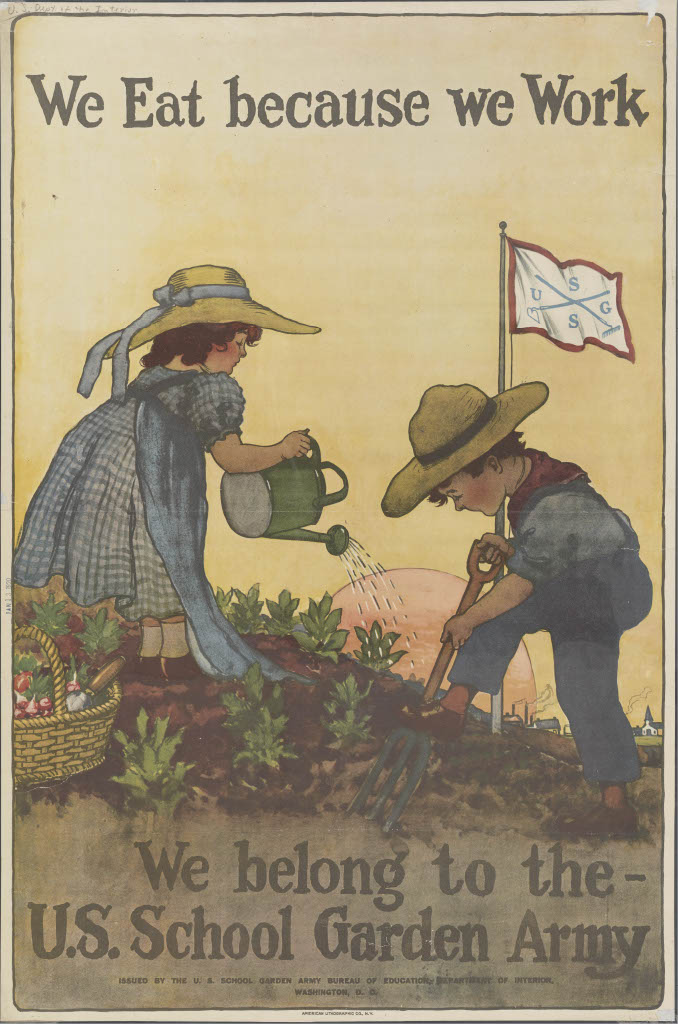

 RSS Feed
RSS Feed